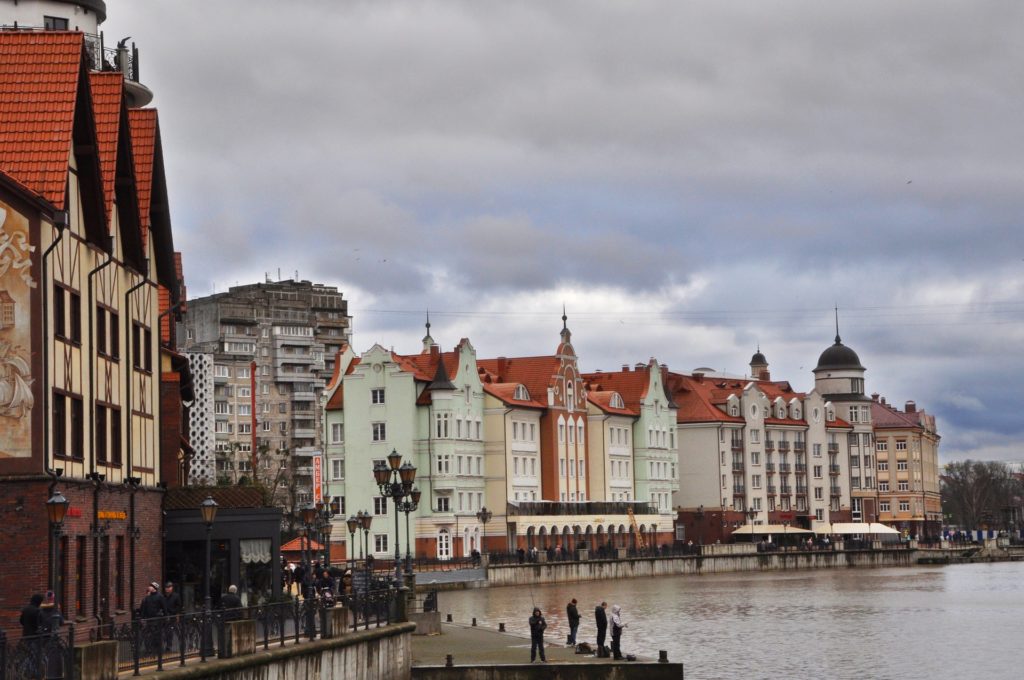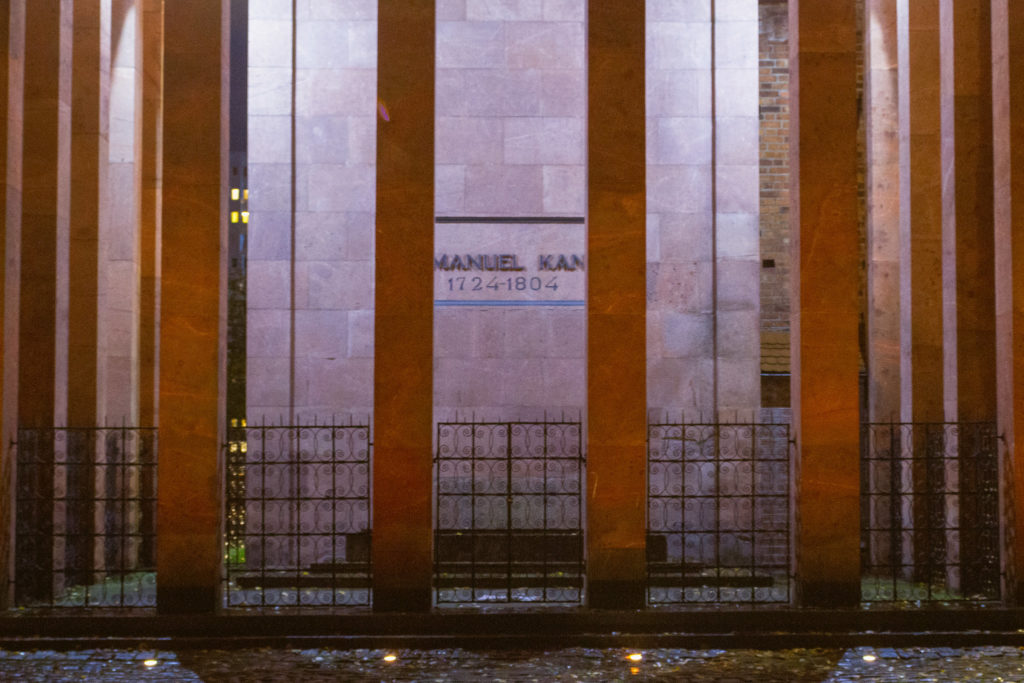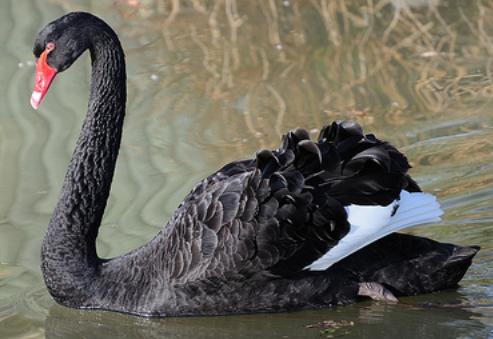Kaliningrad – A Piece Of Russia In Europe Posted by Nadya on Oct 9, 2020 in Russian life, when in Russia
There are people who will say, „I’m going to Russia,“ while they are already inside Russia. Wait… What?
A city that is “cut off” from the country
The Kaliningrad region or Kaliningrad Oblast'(Калинингра́дская о́бласть) is a semi-exclave of Russia, not bordering (не грани́чащий) on any of its other regions. When Lithuania (Литва́) and Belarus (Белару́сь) achieved independence (незави́симость) from the collapse of the Soviet Union in 1991, the region became completely separated (отделён) from the main territory, stuck between Lithuania and Poland (По́льша) on the Baltic Sea (Балти́йское мо́ре). Therefore, before visiting relatives in other Russian cities, people often say: “I am going to Russia.”
Every resident (жи́тель) has an external (international) passport (загранпа́спорт) (read more about it here and here). Without it, they can only get to the rest of Russia by plane. Traveling by land from or to a region involves crossing the European Union (Европе́йский Сою́з) border (грани́ца) twice, usually with Lithuania, but there are routes through Latvia (Ла́твия) as well. Kaliningrad residents who are in transit through Lithuania’s territory on trains are issued a special travel document. Citizens of the Russian Federation not residing in the Kaliningrad region must have a valid Schengen visa (шенге́нская ви́за).
Most of its residents frequently travel to Europe (Евро́па). They go to the EU on vacation, for shopping, and even for work. There are long lines at both border crossings on weekends and holidays.
Due to its location on the coast of the Baltic Sea and in the very heart of Europe, tourism has become one of the priority means of the city’s development. There are 536 cultural (культу́рный) and historical (истори́ческий) sites. Most of the foreign tourists visiting the Kaliningrad region are tourists from Germany (Герма́ния). There are about a hundred hotels in Kaliningrad (Калинингра́д [kuh-leen-een-grа́hd]), many of which are considered the best in Russia. The Kaliningrad region’s old towns, where important European historical events took place, are the most popular. In 2020, due to restrictions on coronavirus, the demand for travel within Russia has increased. Russians who want to visit Europe, but do not have such an opportunity, come there because the city resembles a European one. It is also a chance to find and buy some imported goods not found in the main part of the country. The influx of travelers has exceeded expectations and continues to grow.
At the end of World War II in 1945, the city became part of Russia. In 1946, the new city was renamed Kaliningrad from its prior German (неме́цкий) name of Königsberg. The region’s German inhabitants were deported and been replaced by hundreds of thousands of Russian settlers.
Interesting Facts
The Kaliningrad region is the smallest in Russia.
There are about 10 consulates of other countries in Kaliningrad.
More than 20 higher educational institutions have been opened in Kaliningrad.
One of the most important philosophers in modern philosophy, Immanuel Kant (Иммануи́л Кант), used to live there.
Two towns named Kaliningrad were in Russia between 1949 and 1996. Another one was in the Moscow region (Моско́вская о́бласть), and was renamed Korolyov (Королёв)).
The church built in 1288 still exists to this day.
90% of the world’s amber (янта́рь) is found in the Kaliningrad region.
On average, it rains there 185 days a year.
Black swans (чёрные ле́беди) live in the Kaliningrad region.
Kaliningrad is closer to Berlin than it is to Moscow.

Build vocabulary, practice pronunciation, and more with Transparent Language Online. Available anytime, anywhere, on any device.






